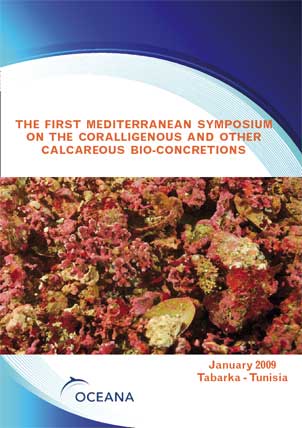Report | April 21, 2010
The first Mediterranean symphosium on the coralligenous and other calcareous bio-concretions
Red calcareous algae have been widely studied in the shallow waters of the Western Mediterranean (Ballesteros, 2006), but there is very little information about their distribution and function in deep areas. Two main infralittoral and circalittoral ecosystems created by calcareous red algae have been mentioned: maërl and coralligenous beds (Pérès & Picard, 1964; Picard, 1965). These have been described as areas of high diversity and ecological importance (Bosence, 1983; Barberá et al., 2003), being two of the most productive ecosystems in temperate regions (Martin et al., 2007). Seamounts and smaller marine elevations are considered hotspots, “stepping stones” and zones with high biodiversity (Matthiessen et al. 2003; Butler at al. 2001; Morato & Pauly (eds), 2004). Those with shallow peaks are often found to be areas of high biological productivity (Rogers 1994), as in the four seamounts researched, with tops between 80 and 100 m. depth, where red algae can grow and develop.


